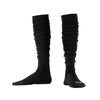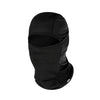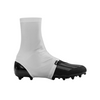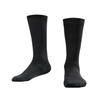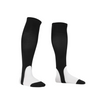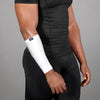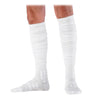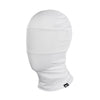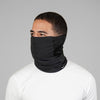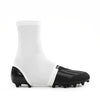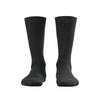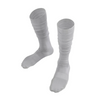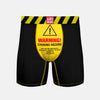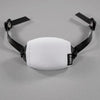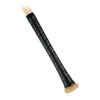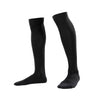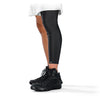Can Kids Go Back to School Safely with COVID-19 Still Raging Across the Country?
Despite the best efforts of teachers, schools, and districts across the country, the consensus among education experts, parents, and students alike is clear: kids learn best when in class at a school, not using Zoom, Skype, or Google Meet to learn remotely from a bedroom or kitchen table.
The reasons remote learning can never match in-person education are numerous and varied. Even the basic ability to connect remotely requires a reliable internet connection and a computer, tablet, or smartphone that can be used for instruction, and these resources simply aren’t available to every family in America. Second, remote learning offers none of the social and emotional benefits of an in-person experience, benefits that are equally as important as academics. Third, for many students in the United States, school is about more than academics already; many schools provide free or affordable meals, access to counselors and nurses, a safe place to stay after hours when parents are working, and so on.
But despite all the benefits of in-person education, is it safe to send children back to school in the fall of 2020 when the coronavirus pandemic is still surging in America and elsewhere around the globe? Will schools even reopen with COVID-19 infections everywhere?
In many states, the answer – or at least the plan – seems to be yes. Many states are planning to open schools in the fall, and it will be up to administrators, teachers, and families to make sure it is safe to send children back into a classroom setting.
The fact is, kids are not affected by COVID-19 nearly as seriously as adults. Young people show fewer if any symptoms when infected, and they seem to get infected much less often than adults even with the same levels of exposure. Children also transmit COVID-19 less often than adults, so all told opening schools during the pandemic may be more of a risk for teachers, admins, and parents than for kids themselves.
 But as COVID-19 can be debilitating and even deadly for kids, the measures schools and students must take to stay as safe as possible must be in place to keep everyone in the school and greater community in place. First and foremost, students and teachers alike should wear face masks over their noses and mouths whenever possible, especially when in more densely-packed classrooms, hallways, and common spaces.
But as COVID-19 can be debilitating and even deadly for kids, the measures schools and students must take to stay as safe as possible must be in place to keep everyone in the school and greater community in place. First and foremost, students and teachers alike should wear face masks over their noses and mouths whenever possible, especially when in more densely-packed classrooms, hallways, and common spaces.
When possible, social distancing should also be used. Desks should ideally be six feet apart from one another in classrooms, or at least a minimum of three feet apart. The American Academy of Pediatrics also recommends schools chance some standard procedures, such as having teachers switch rooms for differentiated instruction such as math or history instead of having large volumes of students moving from space to space.
Schools should make the best possible use of any outdoor space they have and should use outside areas for instruction, recess, and even for dining when feasible. And for indoor dining, as masks can’t be worn during eating, of course, lunch rooms need to create plenty of opportunity for distancing. And regular hand washing and sanitizing will be more critical than ever, especially before snack or meal times when hands and mouths meet.
With face masks on, social distancing encouraged, and proper hand hygiene in place, schools will have the best chance of opening and providing all the benefits, both academic and beyond, that students deserve. But every school in the country should also have a comprehensive plan in place to rapidly revert to remote learning, because in the event of a local surge in infections, closing a school will be a must to tamp down the outbreak.

